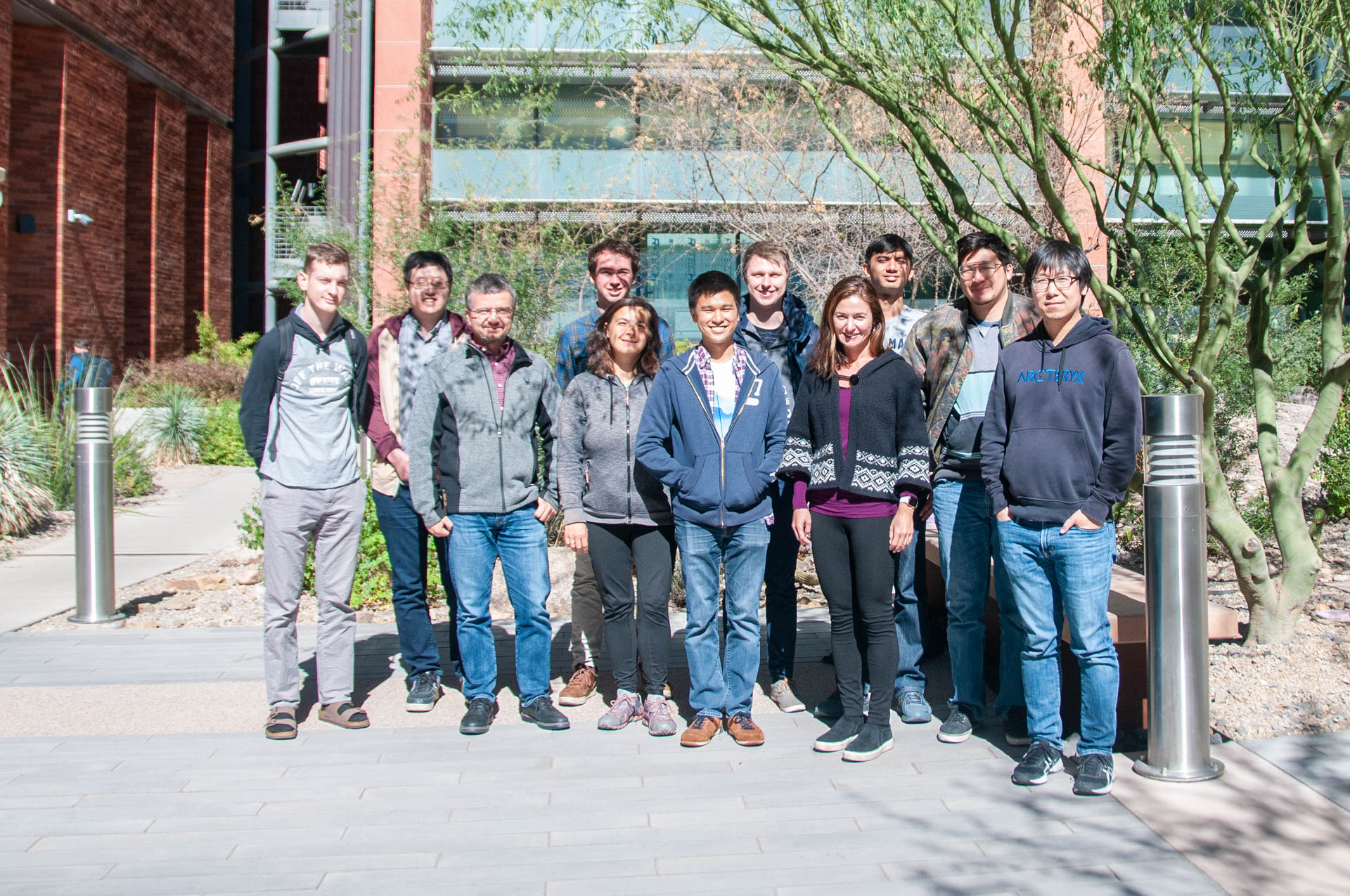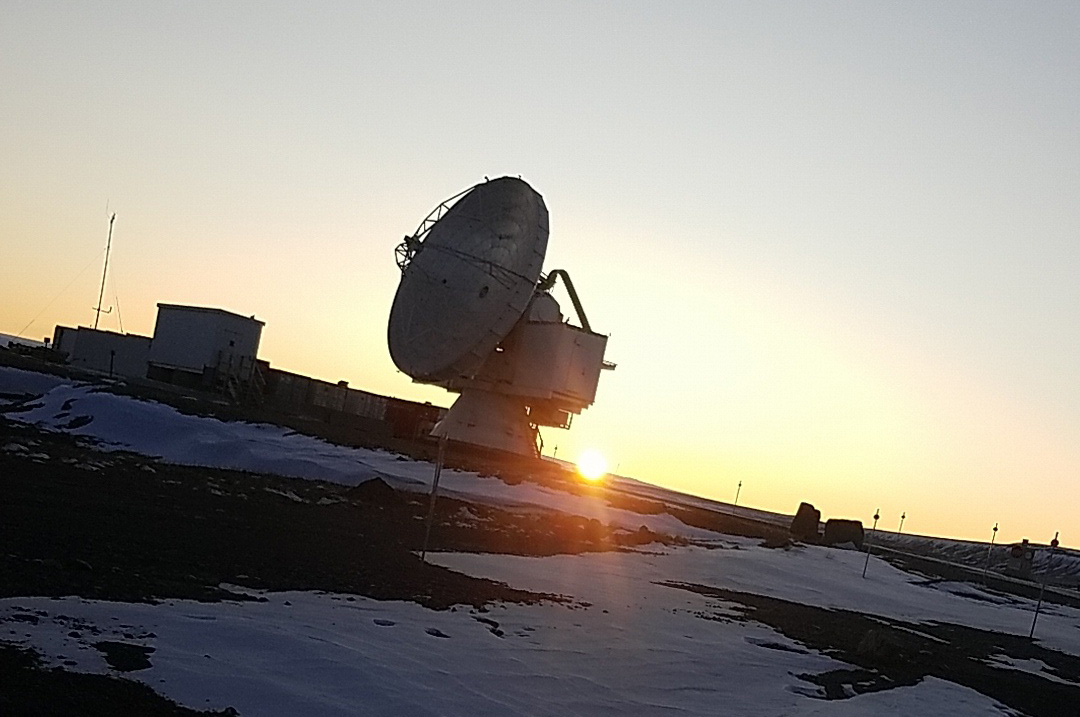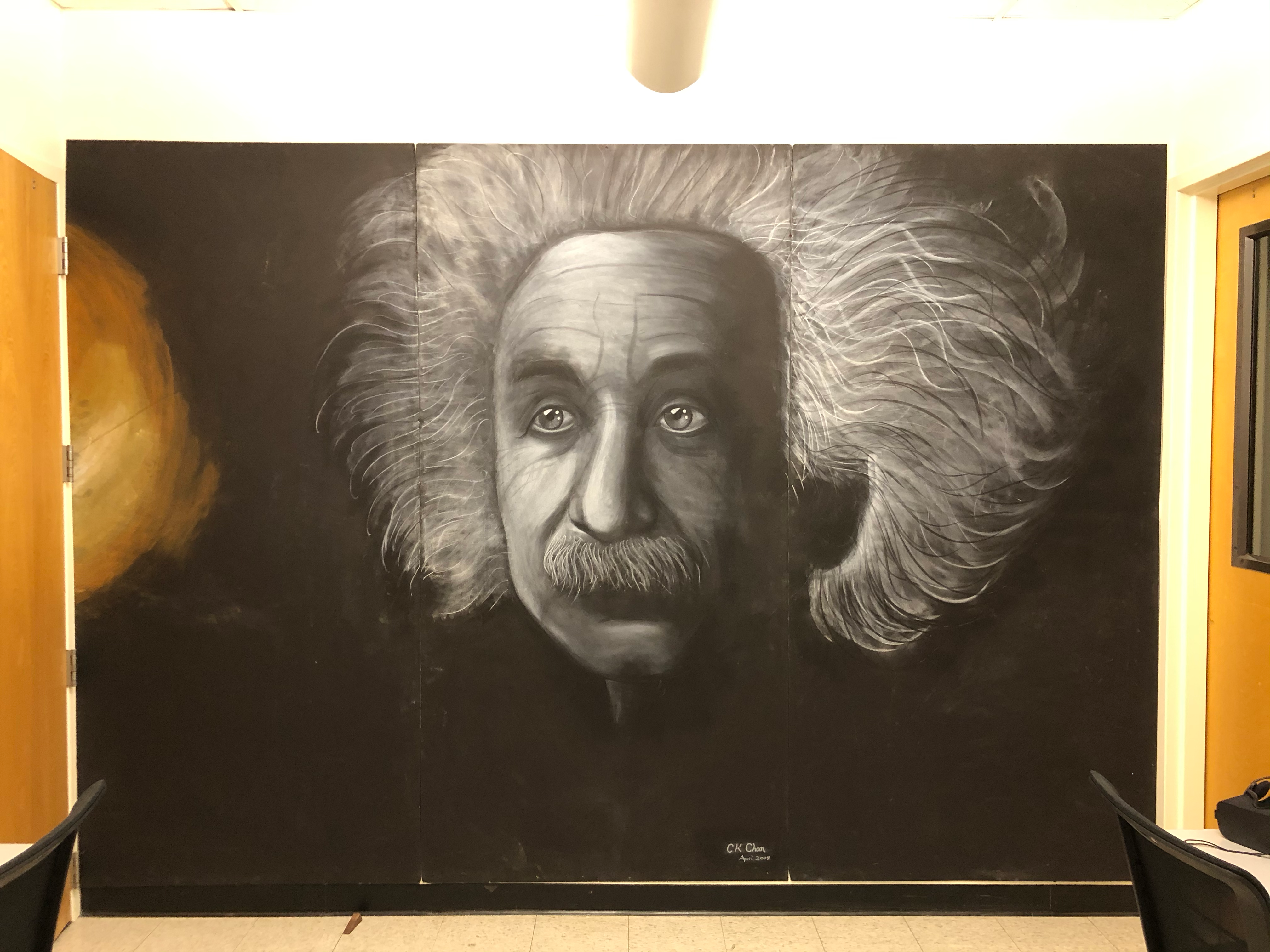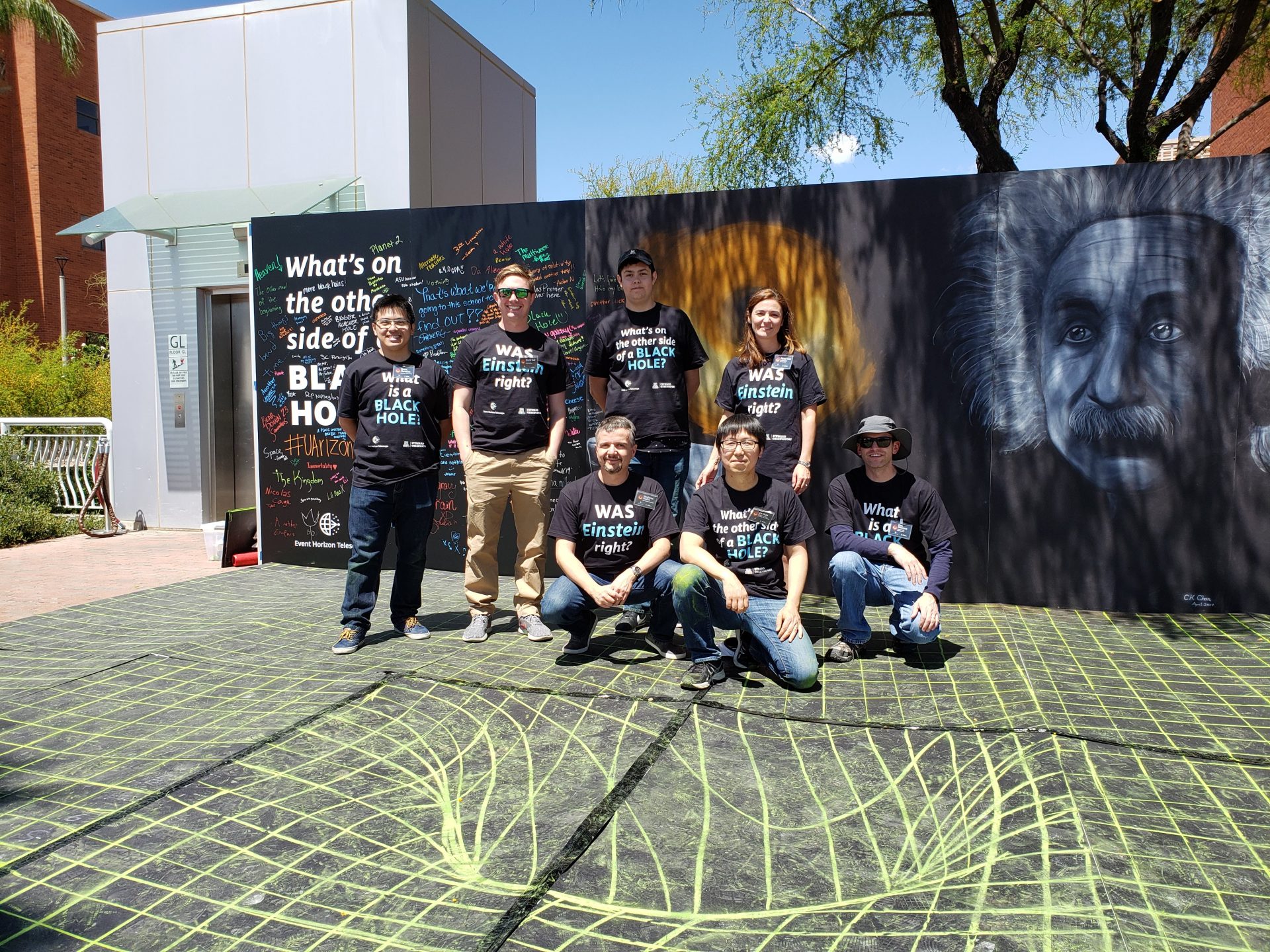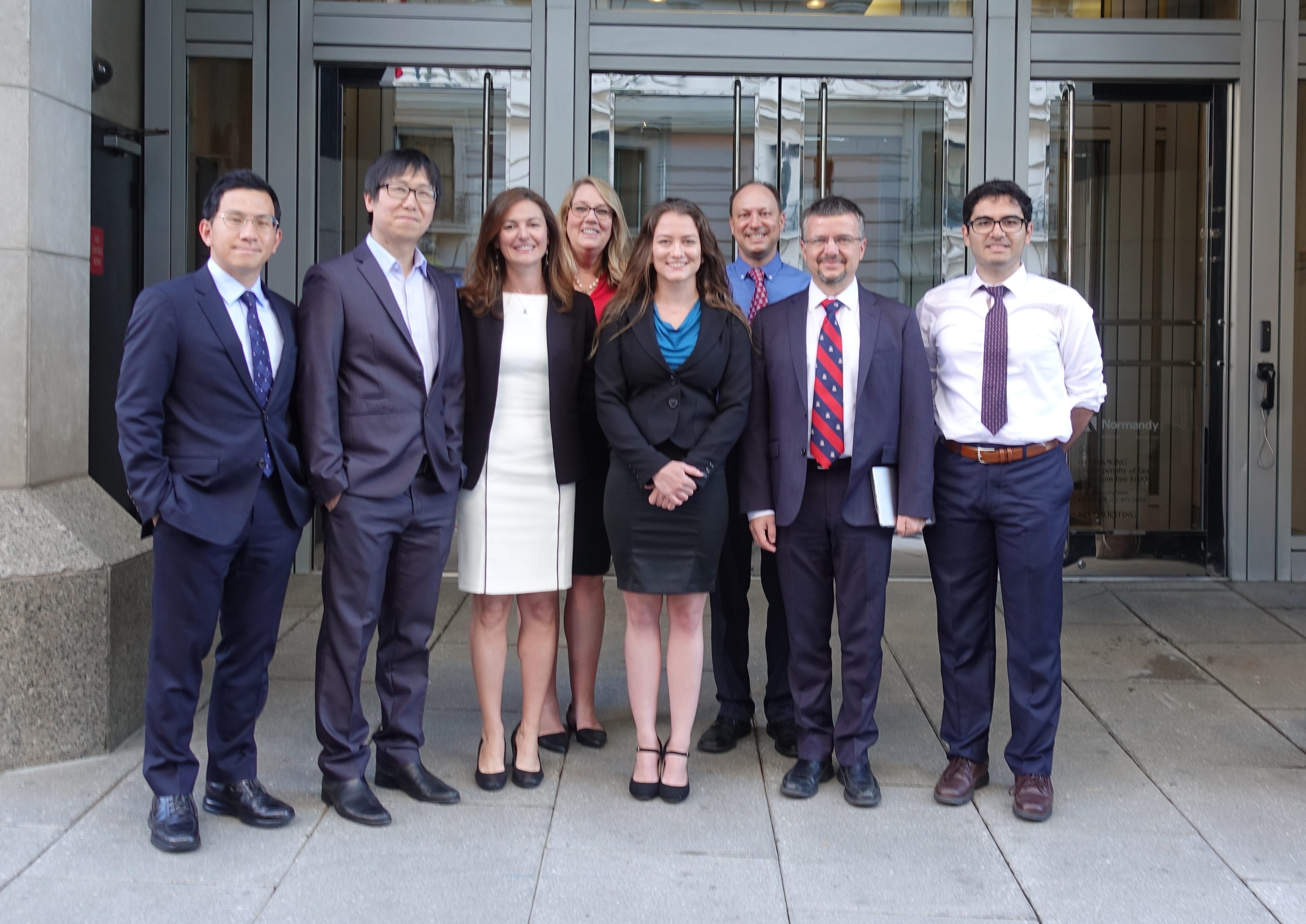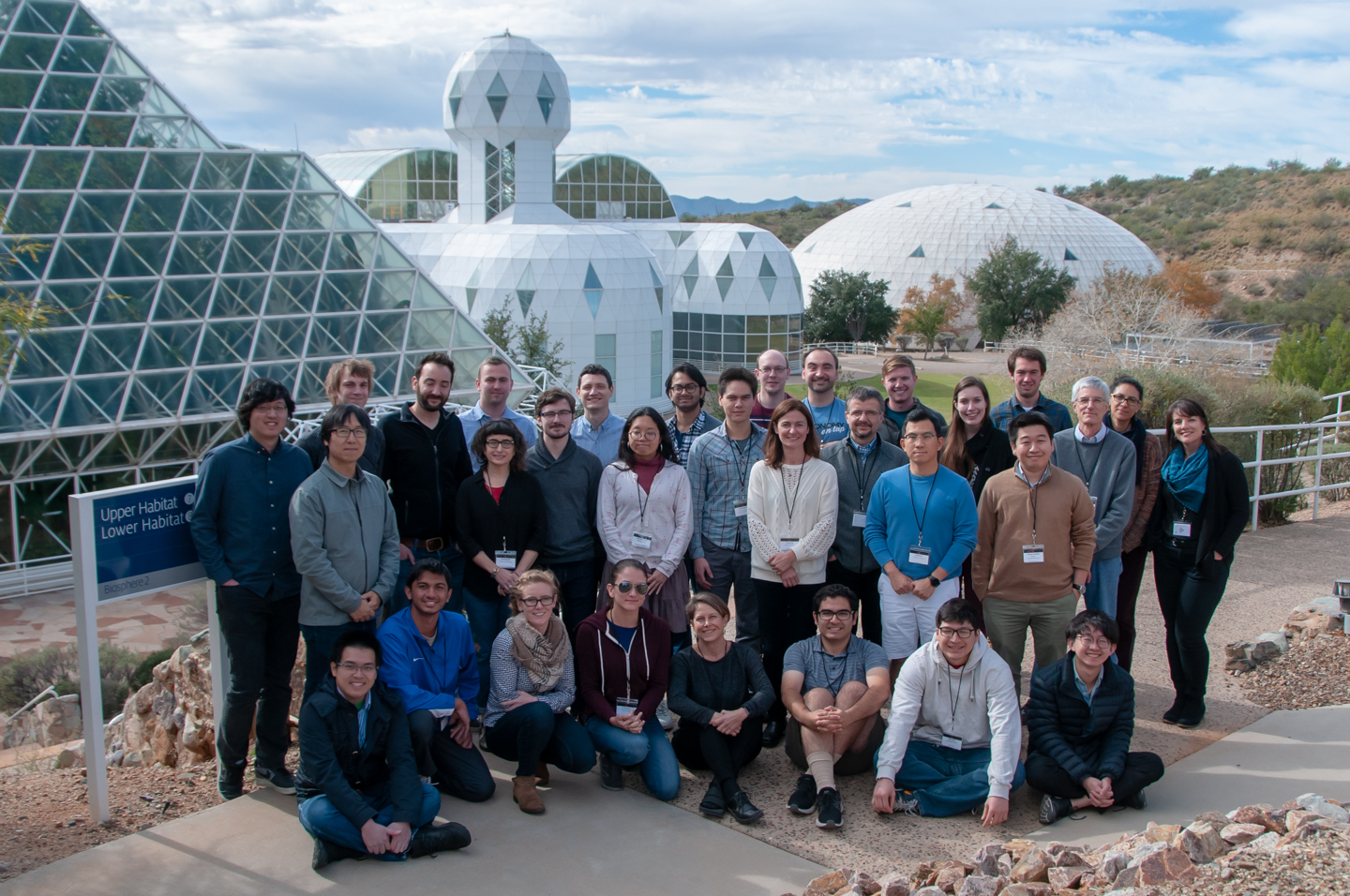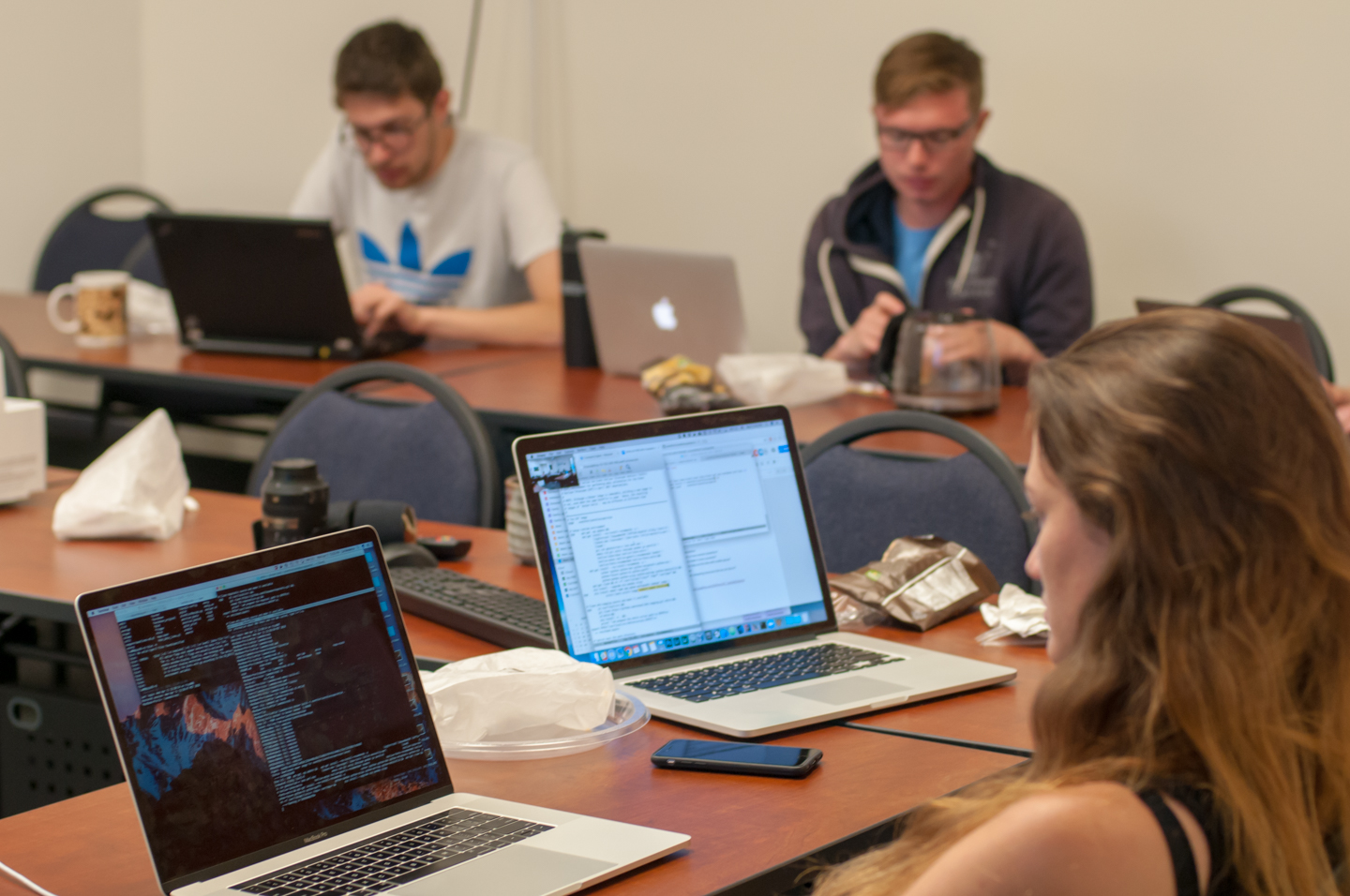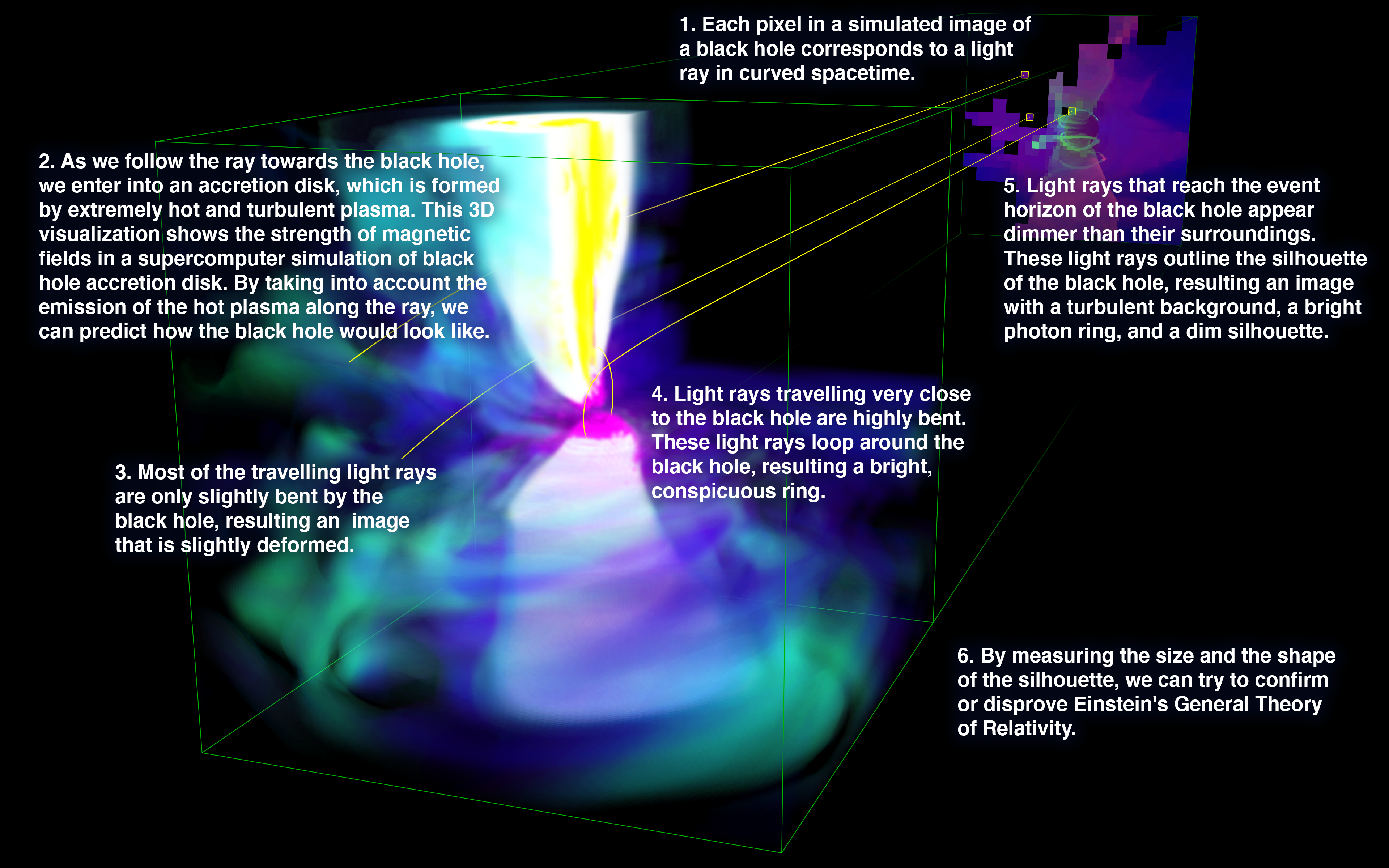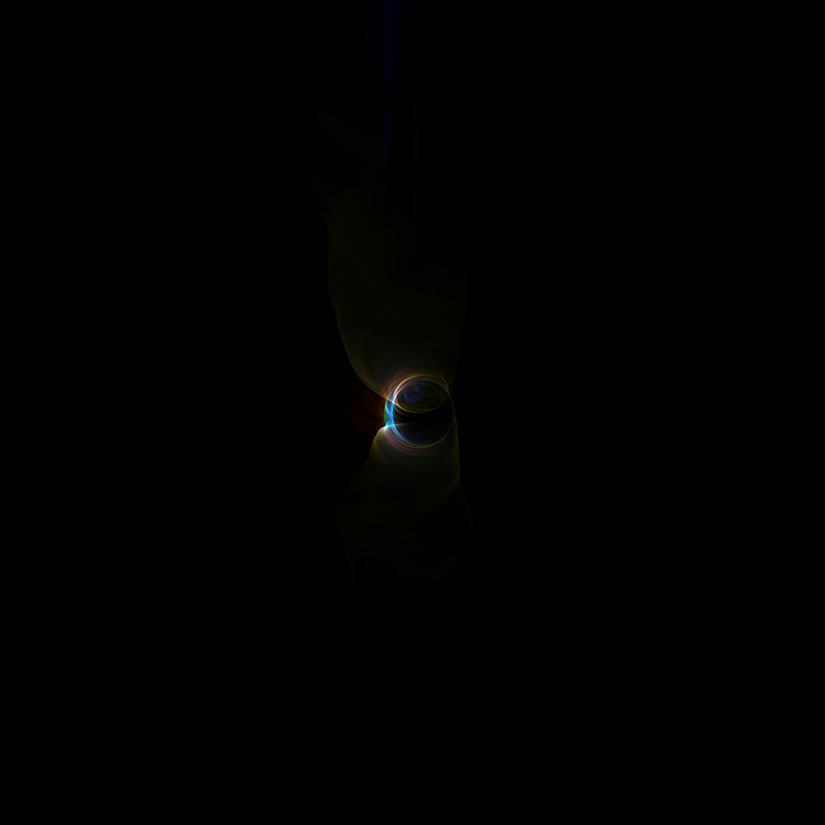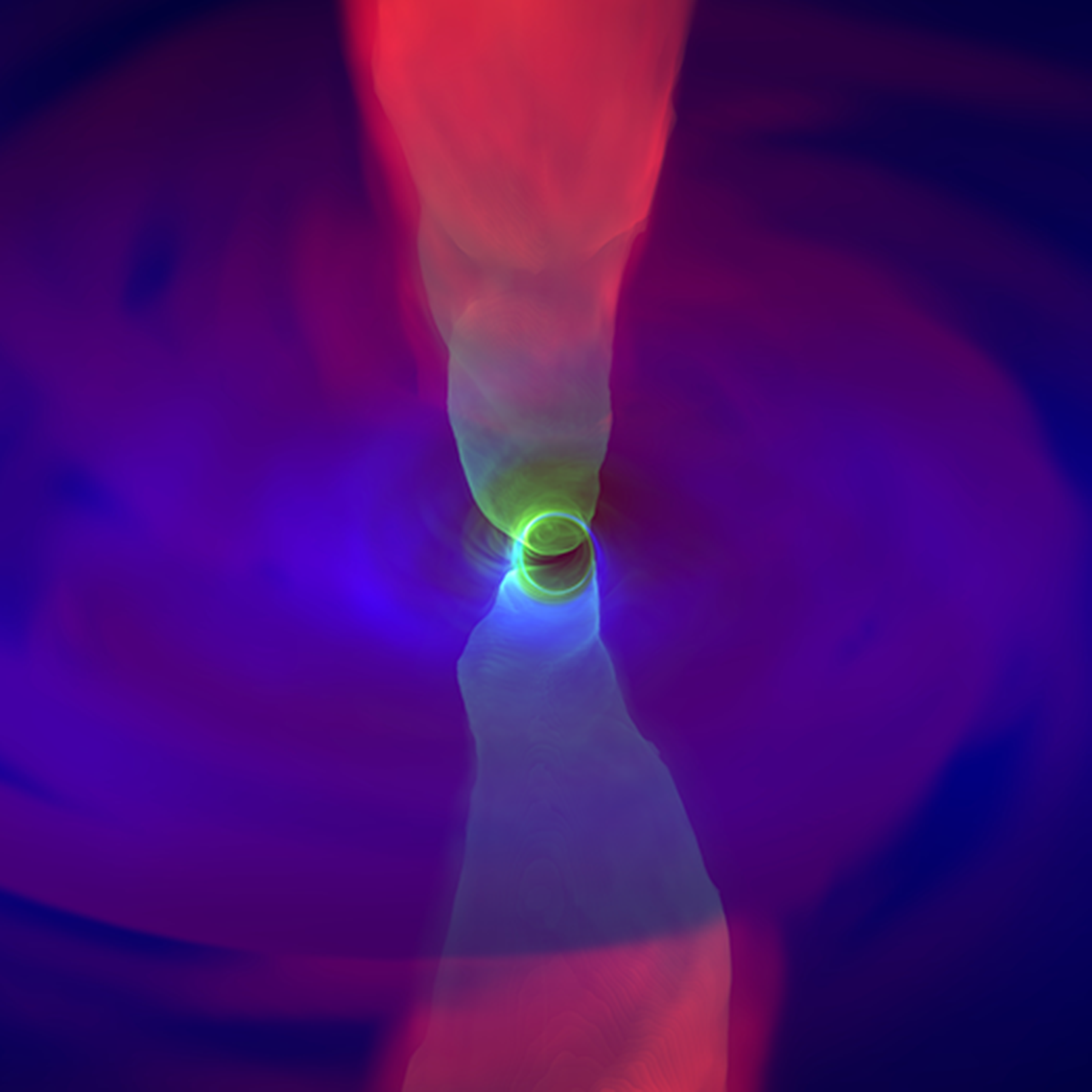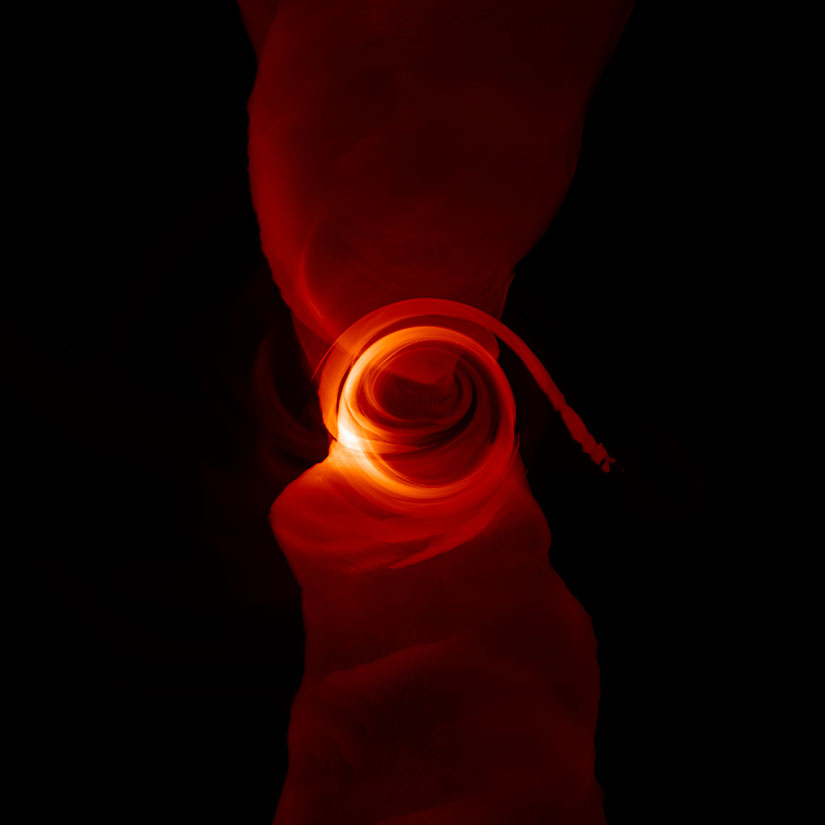Gallery
Credit: CK Chan, University of Arizona
Black Hole Simulation
Space-time Lensing Animation
This animation was created to show an example of how light bends arounds a black hole when Einstein’s Theory of Relativity is applied to space-time lensing.
Credit: Dimitrios Psaltis, University of Arizona
Mini Gallery of Black Hole PIRE Events
Cloud Computing Week
2-7 February 2020
GLT at Thule Air Base in Greenland
October 2019
BH PIRE Virtual Reality Lab: Opening Day
30 September 2019
Einstein Sidewalk Conversation at Student Welcome Day
13 April, 2019
NSF Black Hole Image Announcement
10 April, 2019
PIRE Winter School - Biosphere 2
2-7 December, 2018
Credit: Drew Bourland, University of Arizona.
LeapMotion and black holes
In this video, CK Chan demonstrates using LeapMotion to control an nVidia-GPU-accelerated black hole simulation. This type of advanced Virtual Reality simulation is one of the ways the Black Hole PIRE project is testing the most advanced technology to answer questions about black holes.
The image below gives more information on how this process works.
Simulated Black Hole Images
A multi-wavelength image of a rapidly spinning black hole with a turbulent accretion disk
A zoomed out image of the accretion disk around the Galactic center supermassive black hole composed by different wavelengths. The red color channel is infrared, which shows the fast outflowing jet along the black hole spin axis. The green channel is optical light, which shows the bright photon ring outlining the black hole silhouette. The blue channel is x-ray, which shows the body of the accretion disk.
A photon ring of a rapidly spinning black hole
The same simulation but shown with a different color map to highlight the outline of the black hole silhouette – the photon ring.
The shape of this photon ring is predicted by Einstein’s theory of general relativity and is insensitive to the detailed plasma properties in the accretion disk. By comparing EHT observations and predicted shape of the photon rings, we will be able to tell if Einstein is correct.
A turbulent accretion disk around a rapidly spinning black hole
When gas spirals into a black hole, it becomes extremely hot and forms a plasma disk. This image shows a supercomputer simulation of the inner part of such an accretion disk. The central dark circle is the silhouette of the black hole in the background of emitting plasma.
Strong magnetic flux tube generated in the accretion disk around a rapidly spinning black hole
The galactic center black hole flares about once a day. During a flare event, the brightness of the inner accretion disk can increase roughly ten times. Understanding these flare events is an active area of research. This image shows that strong magnetic flux tubes can form spontaneously in the turbulent accretion disk, which can be one of the mechanism behind these flares.
